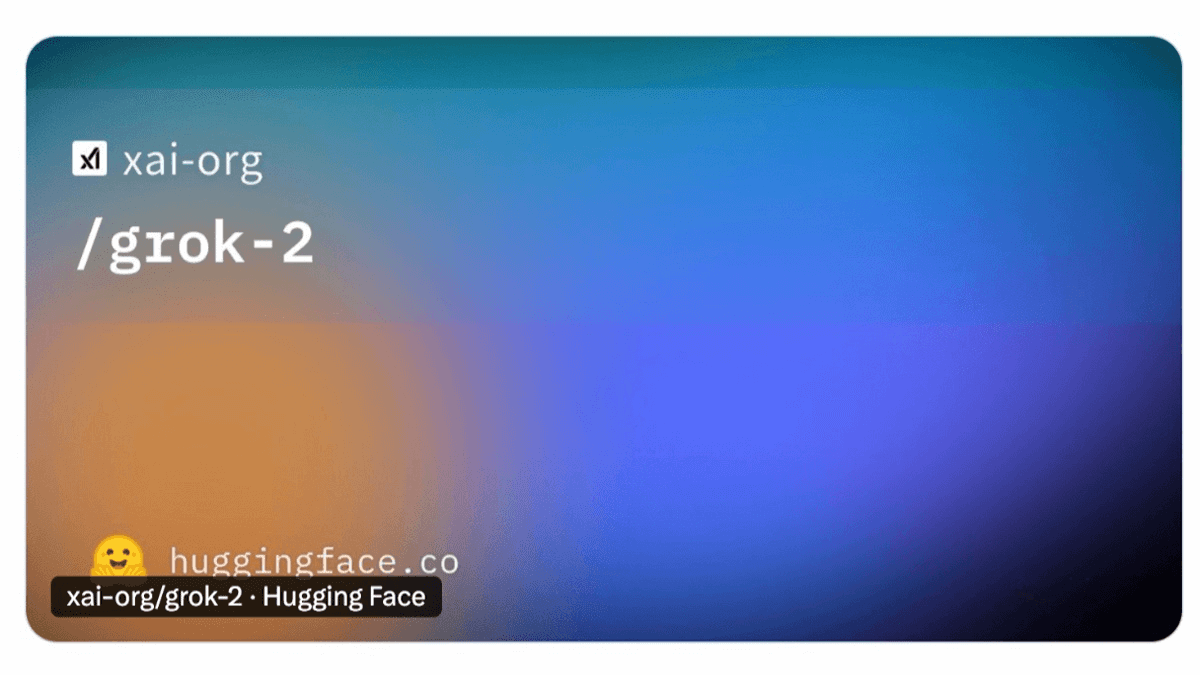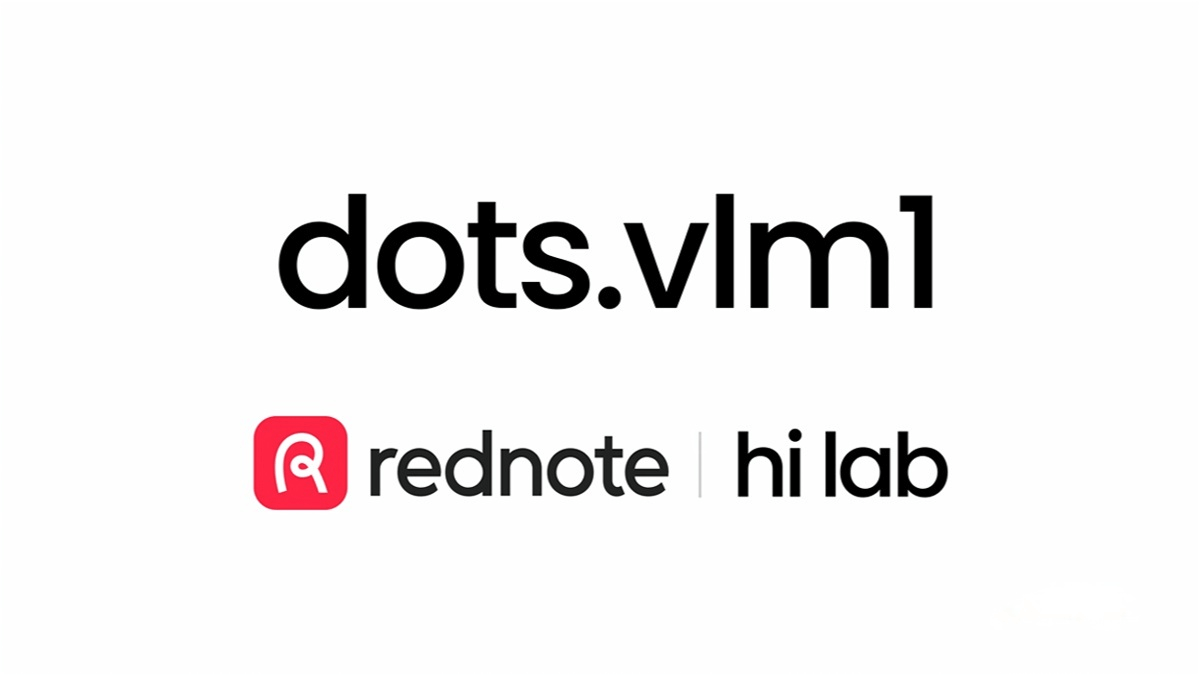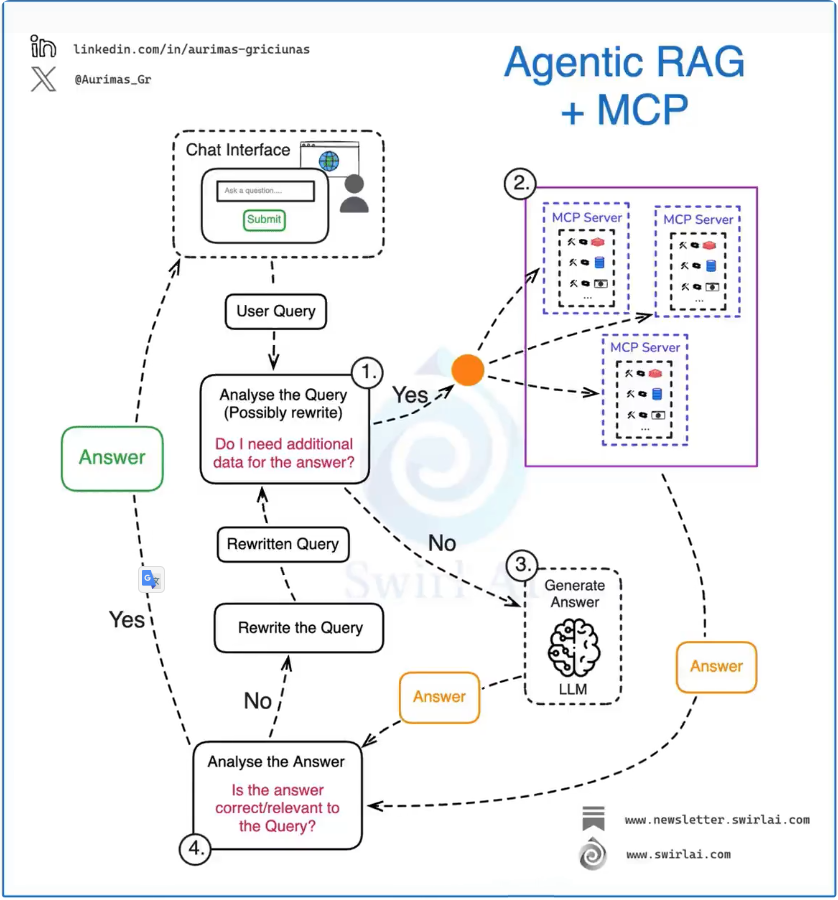What is Grok 2.5?
Grok 2.5 is an open-source artificial intelligence model released by Elon Musk’s company xAI. The model files are available on Hugging Face, comprising 42 files with a total size of around 500GB. Running it requires 8 GPUs with more than 40GB of VRAM each. The model is licensed under the Grok 2 Community License, which permits non-commercial use and commercial use by companies with annual revenue below $1 million. However, it is prohibited to use the model to train other foundation models, and all usage must include attribution with the label “Powered by xAI.”
Grok 2.5 is the successor to Grok 2, which was released in August 2024. At the time, Grok 2 outperformed Claude and GPT-4 on the LMSYS leaderboard, excelling in graduate-level scientific knowledge, general knowledge, and math competition problems—approaching the performance level of GPT-4o.

Key Features
-
Powerful language understanding and generation: Handles complex language tasks such as natural language understanding and text generation, supports fluent conversations, and provides accurate answers.
-
Reasoning and logical analysis: Demonstrates strong performance in reasoning, mathematical problem solving, and handling complex logical challenges, showcasing advanced logical thinking abilities.
-
Multilingual support: Capable of processing multiple languages, including understanding and generating multilingual text for diverse environments.
-
Vision-related task handling: Achieves state-of-the-art performance in vision tasks such as image recognition and document-based visual Q&A, integrating visual information into its responses.
-
Programming assistance: Supports developers by providing code generation, code comprehension, and solutions to programming questions, improving coding efficiency.
-
Real-time internet access: Can retrieve up-to-date information from the web, offering more accurate and timely answers and recommendations.
Technical Foundations of Grok 2.5
-
MoE architecture: Built on a Mixture of Experts (MoE) framework, where multiple expert networks work together to boost efficiency and performance.
-
Large-scale parameter training: Contains 269 billion parameters, trained on massive datasets for strong language understanding and generation.
-
Expert activation mechanism: In the MoE design, each token activates two experts, balancing computational efficiency with high performance.
-
Optimized model configuration: Features 64 network layers and a hidden dimension of 8192, with a feed-forward network (FFN) expansion factor of 4, representing improvements over its predecessor.
-
SGLang inference engine support: Recommended to run with the SGLang inference engine for optimal performance. Inference requires 8 GPUs with at least 40GB of VRAM each.
Project Repository
- Hugging Face Model Hub: https://huggingface.co/xai-org/grok-2
Use Cases
-
Creative writing: Generates copywriting, stories, reviews, and other creative content with a witty and humorous conversational style.
-
Academic research: Assists with advanced scientific knowledge, general information, and math competition-level problems for students and researchers.
-
Programming assistance: Helps developers with code generation, code comprehension, and programming solutions to improve productivity.
-
Vision task processing: Supports tasks such as image recognition and document-based visual Q&A by integrating visual data into responses.
-
Real-time data analysis: Leverages internet connectivity to access the latest information, enabling up-to-date analysis and recommendations.




